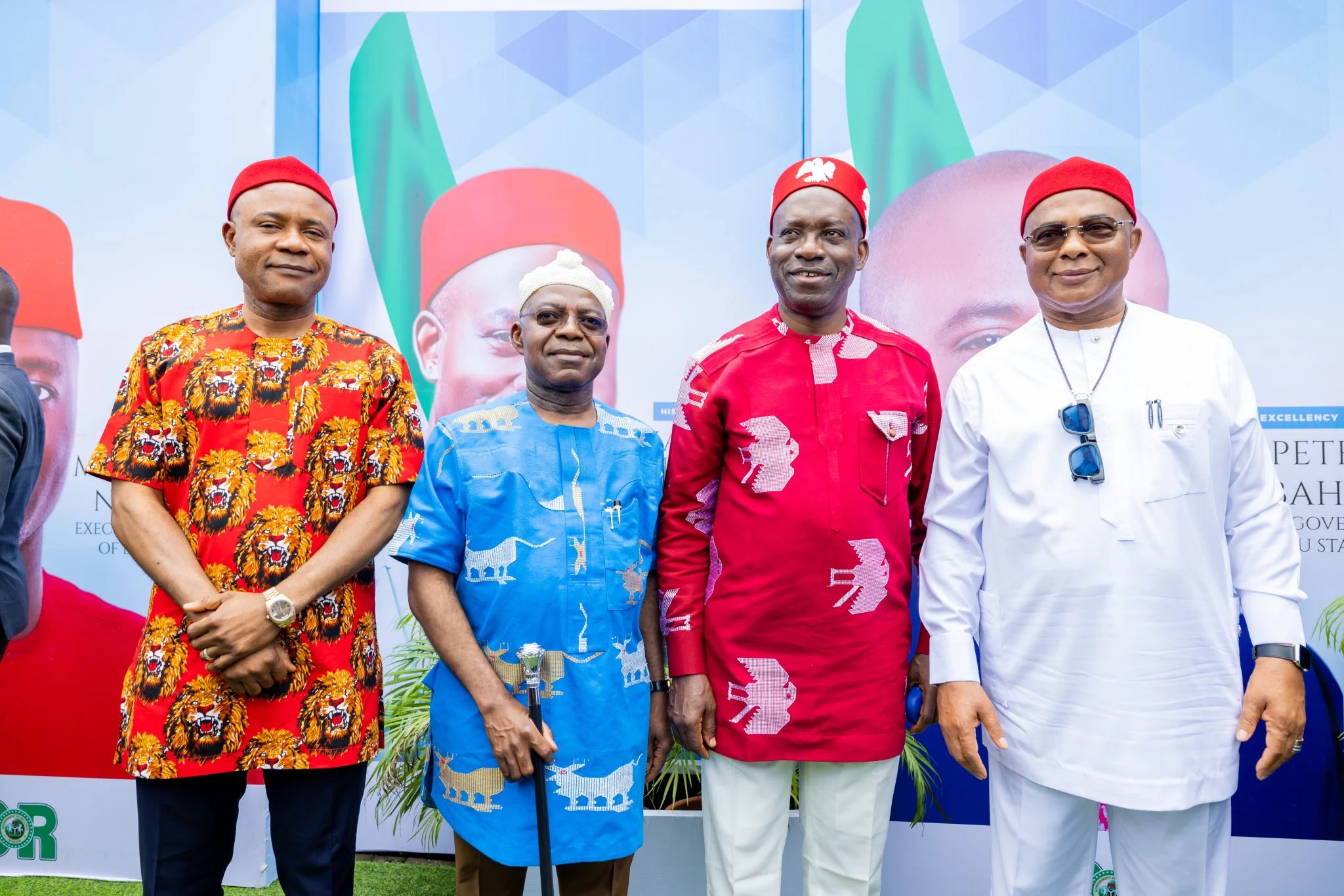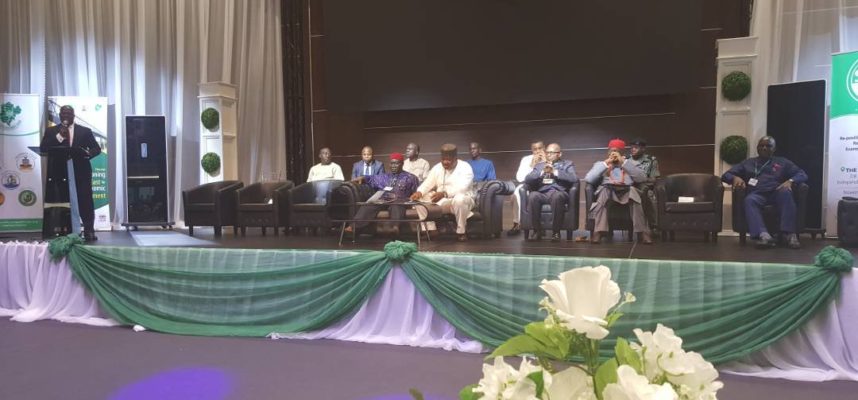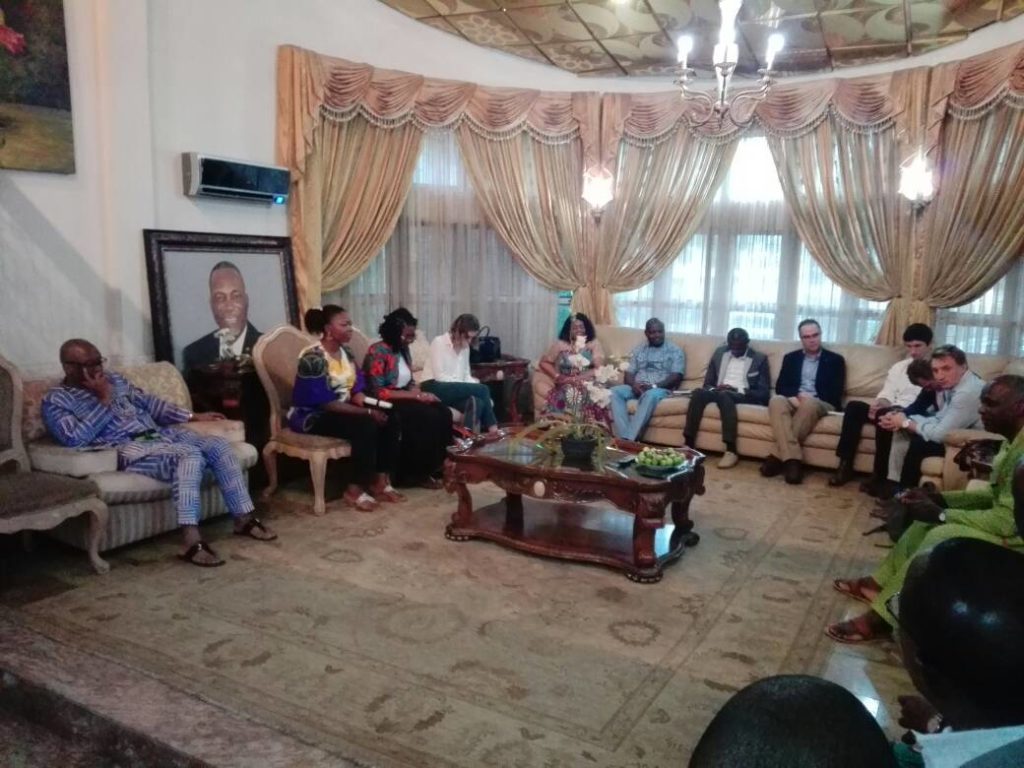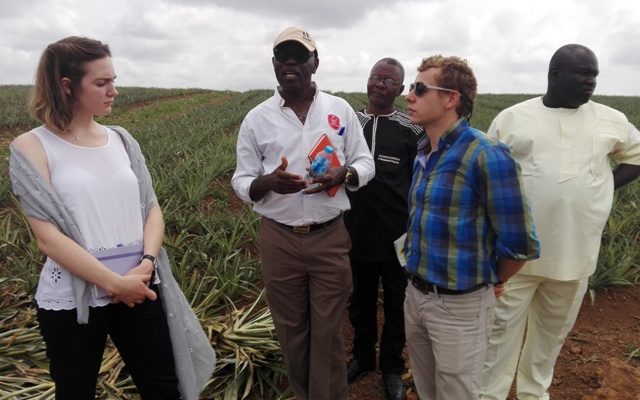
Potentials
SouthEast Region – Potentials, Prospects and Challenges
SOUTHEAST IS SAFEST PLACE TO LIVE IN NIGERIA
According to United Nations Development Programme’s (UNDP) National Human Development Report for Nigeria, 2016
According to Punch newspaper (May 2016) “The United Nations Development Programme has named South-East Nigeria as the most human security secure geopolitical zone in Nigeria. The UNDP defined Human Security as safety from chronic threats such as hunger, disease and repression as well as protection from sudden and harmful disruptions in patterns of daily life whether in homes, jobs or communities.”
The Southeast region is operating far below its economic potential. With a land area comparable to Belgium and 11.7% of Nigeria’s population, the region can accomplish much more given its abundant human and natural resources.
The Southeast is a highly viable area for investment. In addition to abundant natural resources such as oil and gas, coal, and salt, the region boasts some of the best arable and fertile land in the country. It has a comparative advantage in the production of subsistence crops like yams, maize, rice, plantains, and cassava, as well as cash crops like oil palm, rubber, cashew, and a wide variety of timber.
Industrial activity has increased in the Southeast in recent years, with the development of industrial clusters in various areas. These clusters include the Onitsha Plastic cluster, Umuahia/Aba Garment cluster, Aba Leather Cluster, Nnewi Automotive cluster, and Abakaliki Rice & Agro Allied products cluster, among others.
The Southeast region is a leader in highly innovative 'made-in-Nigeria' products, often the only competition to foreign products that cost Nigeria significant foreign currency annually. The industrial sector’s achievements, despite employing rudimentary production processes, demonstrate the region’s industrial viability. With the right investments in technology and infrastructure, these industries can achieve global prominence.
The Southeast region has some of the best Human Development Indicators (HDI) in the country, with the lowest poverty levels and the highest adult literacy rates and gender development indicators. The potential for other service-based industries, beyond the well-known wholesale and retail trade sector, in areas such as Education, Hospitality, and Healthcare, is enormous.
For the Southeast region to realize its true economic potential, major challenges need to be addressed. Poor infrastructure is a significant constraint. The rail infrastructure is moribund, and the roads are in terrible condition. Adequate infrastructure is key to unlocking inter-regional trade. However, the region’s Akanu Ibiam International Airport in Enugu State and the Sam Mbakwe Airport in Owerri, Imo State, provide easy access for inter-regional and global trade.
Environmental problems like soil erosion and waste management are beyond the capacity of individual states and require active private sector participation. Efforts are underway to address these issues, and there is a need to identify and revamp viable inland port development projects to improve trade logistics and reduce processing times for clearing imported goods.
The Governors of the five Southeast States are partnering with SEDC to improve the region’s business environment. They have agreed to prioritize this critical issue to attract private investors. According to the World Bank’s Doing Business in Nigeria Report (2010), the Southeast States rank below others in ease of doing business, reflecting the poor business environment. Regulatory systems need to be more efficient, and the workforce needs vocational training opportunities to support economic growth.



